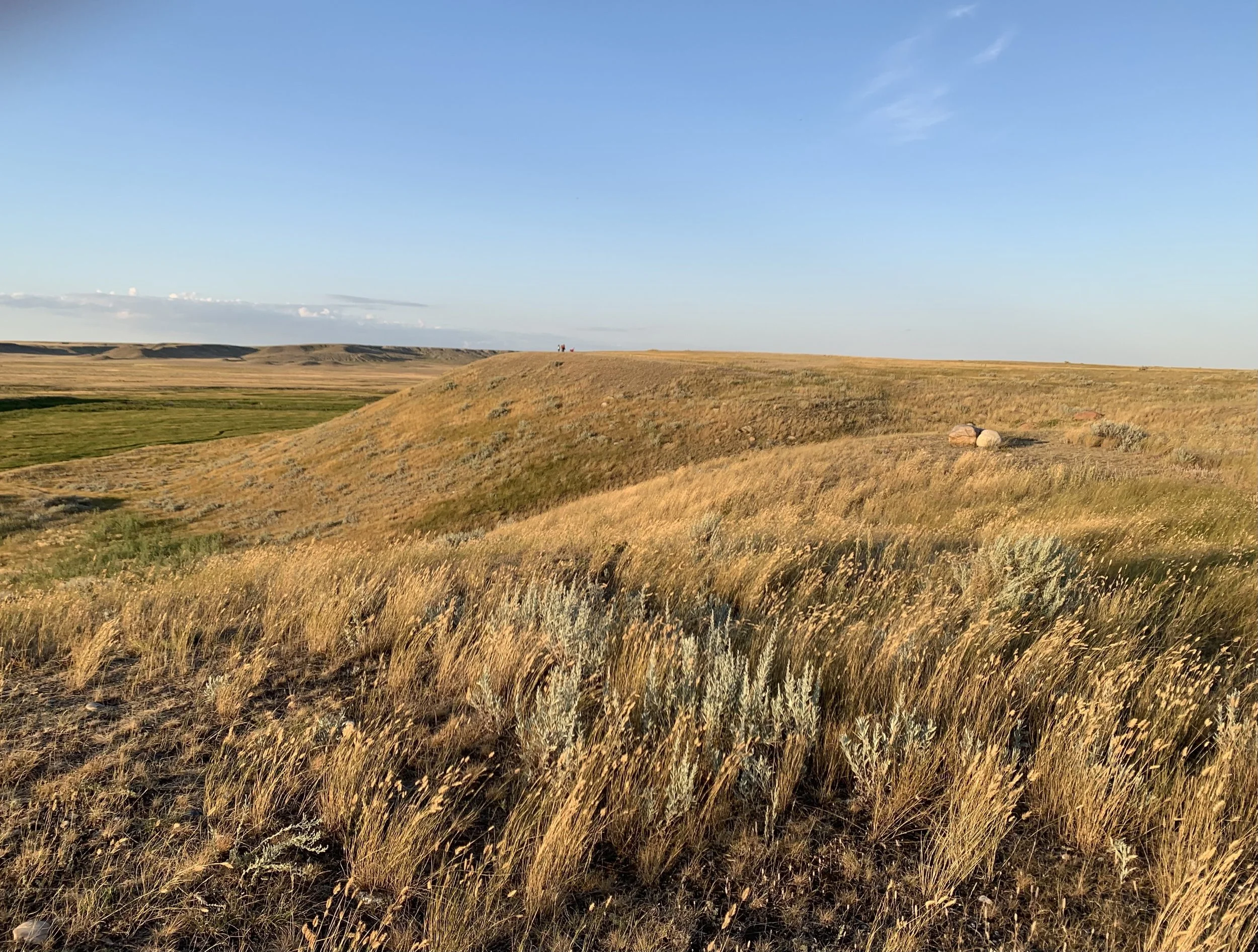Learning to Trust the GPS
Elaine: Oh God. I’m so sorry. I don’t even know where I’m going.
J. Peterman: Well, that’s the best way to get someplace you’ve never been.
While Seinfeld’s J. Peterman makes an insightful point, I take great comfort in maps and well-planned routes when travelling to new places.
This summer, my husband, my dog, and I set out on an adventure to the west, but not before I meticulously planned each day’s drive and booked our camping sites along the way. I was especially obsessed with planning our trek from Cypress Hill Interprovincial Park in Elkwater, Alberta to Grasslands National Park in Val-Marie, Saskatchewan.
The Grasslands website is clear in its warning to visitors:
Technology can be wonderful, but sometimes doing things the old-fashioned way pays off. If you are travelling to Grasslands National Park, please be aware that GPS directions are not always correct. Be sure to research your route ahead of time, including road directions to the Block of the park that you are travelling to.
To prepare, I printed a Google map indicating three routes: one on the main highway, another southern route close to the border with Montana, and a third option somewhere in the middle. My husband wanted to take the third option, to get “the full rural Saskatchewan experience.”
Once we left Elkwater, I realized quickly that just because Google’s algorithms say you can use a route doesn’t necessarily mean that you should.
The paved road turned to gravel, then became increasingly narrow and rough, making me wonder if we had taken a wrong turn. There were no houses or buildings as far as the eye could see, and in Saskatchewan that’s saying something! But my husband calmly insisted that according to the GPS we were on the right track.
Then we encountered a road sign I’d never seen in my life: Texas Gate. I thought it might mean that we were about to enter someone’s private property, and, according to my limited understanding of Texas, the guns might come out!
We went ahead, and the road got even more narrow, rocky, and steep. When we finally saw a house and a woman out front watering her flowers, we stopped to check that we were on the right road. She confirmed that we were, after telling me what a crappy map I had. Feeling reassured, we kept going. The road improved, and we connected with the SK-18.
We had such a unique experience at Grasslands, from seeing bison, pronghorn, and prairie dogs to being woken up in the night to the singing of coyotes. I can’t help comparing the value of learning to trust my own inner GPS to bring me to unique places, people, and experiences.
Sometimes the next step doesn’t seem right at first. The scenery doesn’t look quite right, or the road feels narrow, rocky, or steep.
But If I just keep going and trusting, I eventually end up exactly where I need to be.













